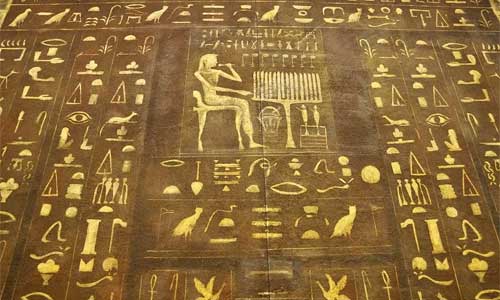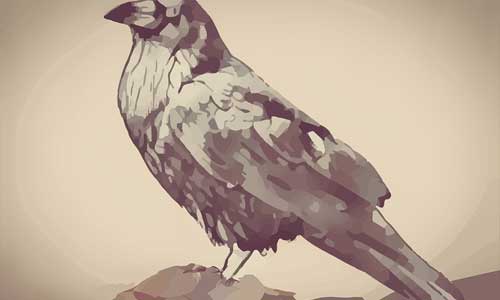Birds have long been an inspiration in the arts, especially with drawing and painting, from intermediate artists to more well-known established artists. Certain parts of the bird are even used to display certain aspects of power.
Looking further back into the history of bird painting, Ancient Egyptians believed that birds were winged souls and used them in images to symbolize some of their gods. In the United States, raptors have been used for years to represent power, even with the national symbol. Predatory birds have also been used in art to display power and doves to display a form of peace.

A bird that is commonly used with birds in art is the Goldfinch, being illustrated in manuscripts and drawings since the Middle Ages and were linked to the Christ child. Goldfinches have also been released in Italy around Easter celebrations as reflecting the risen Christ.
Most knowingly, the Native Americans have always been prone to use birds in imagery. They used to illustrate Eagles, Ravens, and Oystercatchers on drums and painted scenes. With the history of birds in art, we can see that it is a long-existing part of the art world. Even though the use of birds in art still existed today, even in modern contemporary art it’s more of an ancient method.

One of the first artists to have emerged with bird painting was Joh James Audubon in the 1800s. He was one of the first to portray birds and painted them with emotion and drama to reflect the peace and freeness they present in nature. There have been reproductions of his life-sized paintings in watercolors.
To create these reproductions, outlines were created from engraved copper plates and the coloring was done by hand. Some of these copper plates have been sold on auctions, fetching over $25 000 each and $35 000 for a drawing of Carolina Parakeets.
